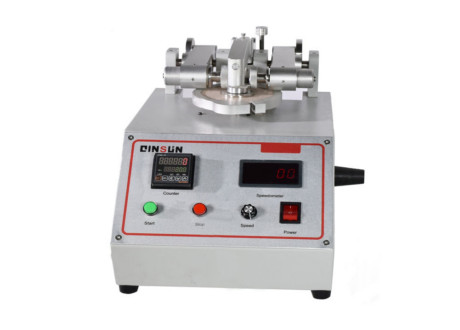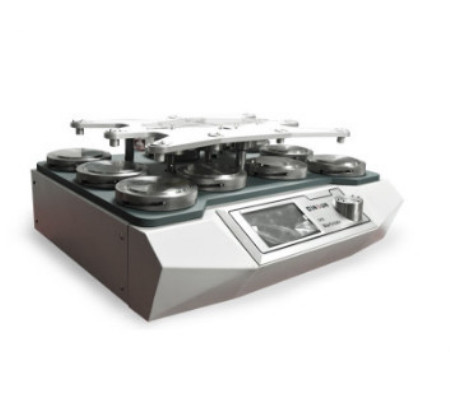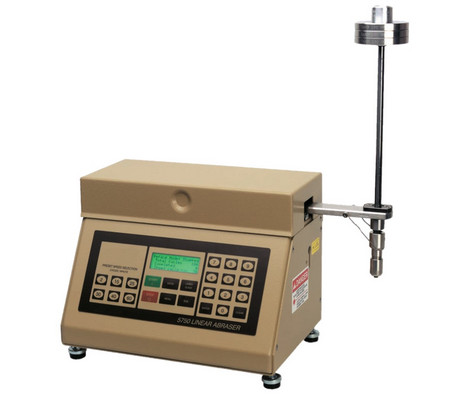Understanding the Different Types of Abrasion Testing

Abrasion testing is an important method for evaluating the wear resistance and durability of materials. There are several different types of abrasion testing methods available, each with its own specific purpose and application. Here, I will provide an overview of some commonly used types of abrasion testing:

1. Taber Abrasion Test: The Taber test is a widely used method to determine the abrasion resistance of materials, including textiles, plastics, coatings, and metals. It uses a rotational abrasive wheel or a pair of abrasive wheels to apply a controlled rubbing action on the sample. The sample is subjected to a specified number of cycles, and the weight loss or change in appearance is measured.

2. Martindale Abrasion Test: The Martindale test is primarily used for textiles and fabrics. It simulates the abrasion and pilling that occurs in practical use by rubbing the sample against a standard abrasive fabric or material. The sample is evaluated based on the number of cycles required to reach a particular level of fabric degradation or appearance change.

3. Taber Linear Abraser Test: Similar to the Taber Abrasion Test, the Taber Linear Abraser test evaluates the performance of materials by subjecting them to rubbing action. However, instead of a rotating wheel, it uses a linear reciprocating motion. It is often used to test paint, coatings, or films for their resistance to abrasion, scratching, or marring under different conditions.
4. Crockmeter Test: The Crockmeter test is specifically designed to evaluate the color transfer or colorfastness of dyed or printed textiles. It involves rubbing a dry or wet sample against a standard white fabric under controlled pressure and stroke length. The degree of color transfer is assessed by measuring the color change on the white fabric.
5. Falling Sand Abrasion Test: This test assesses the resistance of a material's surface to abrasive wear by the impact of free-falling sand particles. It is commonly used to evaluate coatings, paint films, and stone surfaces. The test involves directing a stream of sand particles at a specific angle onto the sample surface, and the abrasion resistance is determined by measuring the depth or weight loss caused by the sand impact.
These are just a few examples of the different types of abrasion testing available. Each test method is tailored to evaluate specific material properties or simulate particular wear scenarios. It is important to select the appropriate testing method based on the material type, intended application, and industry standards to obtain accurate and reliable results.
2023-09-06 10:06



